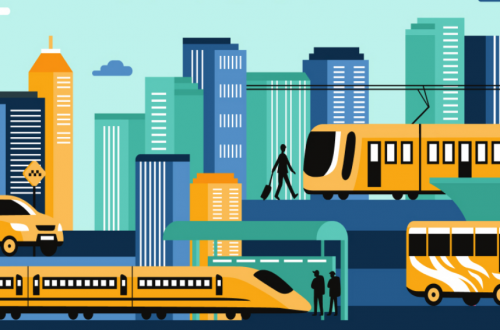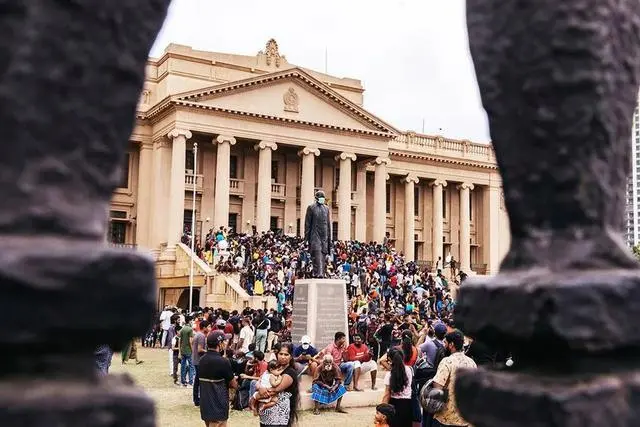
Wages & Inflation
The author talks about the influences between wages and inflation. Inflation refers to a situation in which the economy’s overall price level is increasing. The professor believes that workers have the most to lose from a wage-price spiral and as prices rise, real wages are falling. It is generally believed that workers are often canny pioneers in the wage-price spiral, rather than victims. Rising wages have pushed up the cost of enterprises, thereby raising prices to protect profits. However, in fact, high inflation often hurts workers, and price determines wages. Despite the general shortage of labor, inflation is still higher than wage growth. There are many different causes of high inflation. For example, in Europe, high inflation is mostly counted as expensive energy. However, in America, it is the consequence of a tsunami of spending, the result of stimulus cheques and low-interest rates. Also, in china, regulating the inflation rate in different ways is important since it may affect the country’s economic development in the future. As we all know, lower price level decrease people’s expected price level. Workers accept lower nominal wages as well due to the high u-rate. In that way, input cost decreases, and SRAS shifts right until the new LR is equal to C. By using Keynesian Theory, CB decreases RRR, and MS increases. As a result, consumption increases, and investment should be increased. As a consequence, the long-run supply curve shift to the right means economic growth, but if the government or CB regulates the price level as well as the salary that the public received, the long-run supply curve will not go up. All in all, The correct response to an economy is not to interfere with wage- and price-setting.
Article comes from Most to lose from a wage-price spiral | The Economist.


